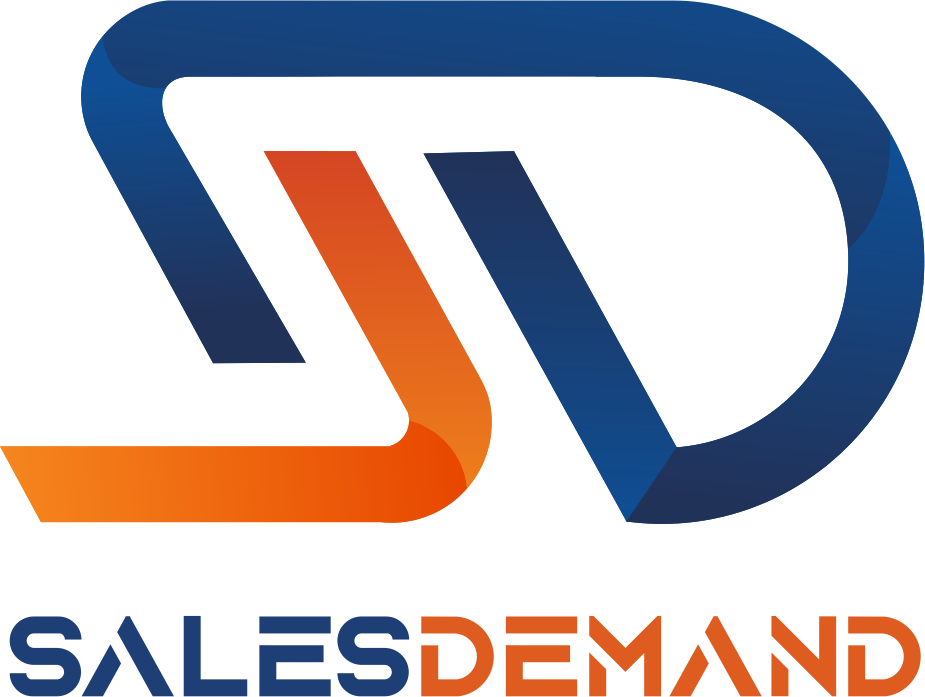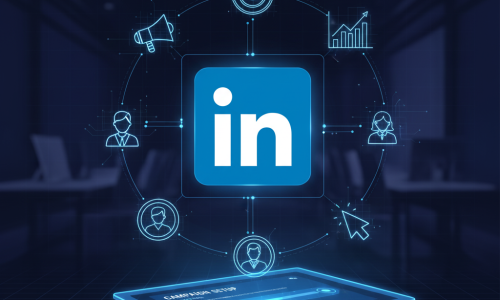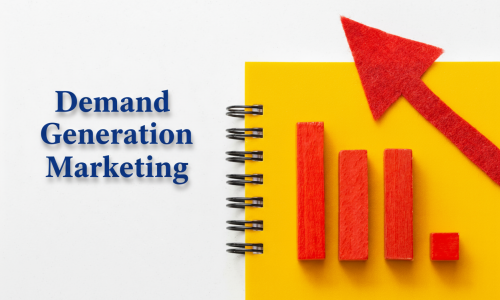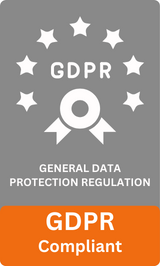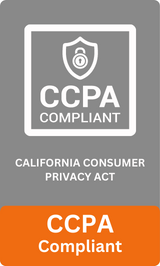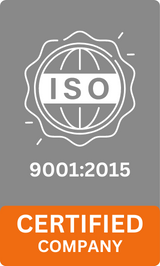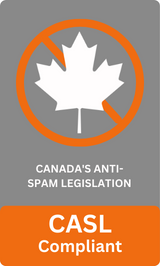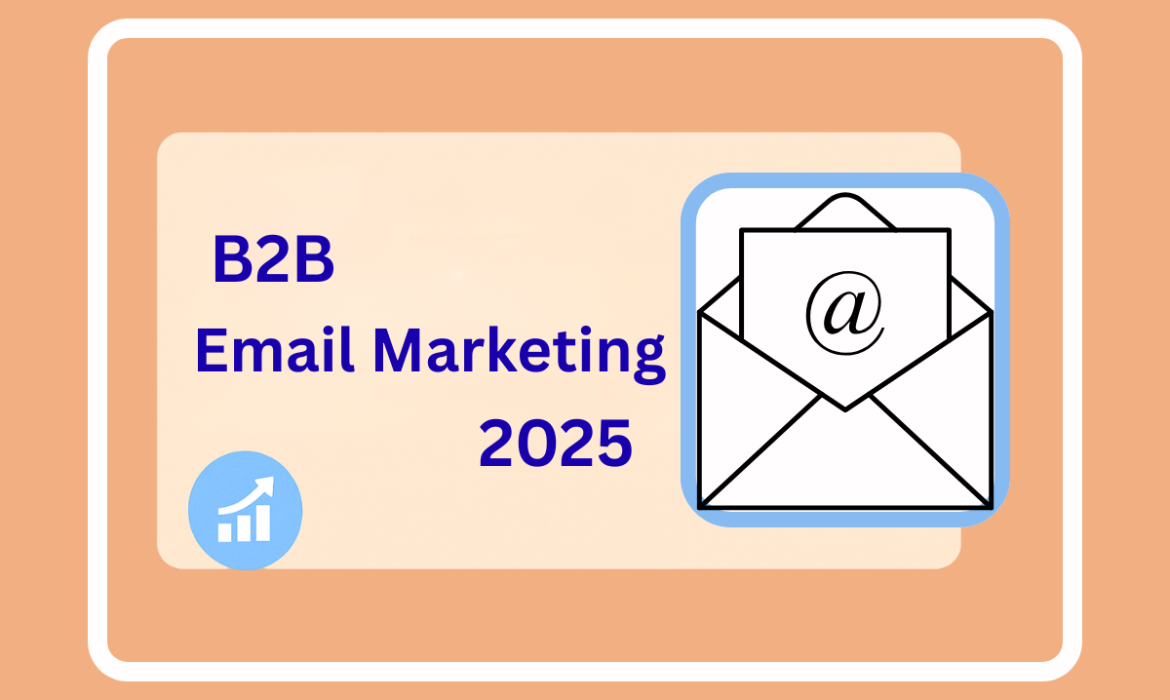
B2B email marketing remains a powerhouse in digital communication, particularly for businesses focused on lead generation and conversions. Despite new trends in AI, paid media, and video marketing, email remains one of the most cost-effective and reliable tools for nurturing B2B prospects.
According to the latest 2025 Email Marketing Benchmark Report by HubSpot, email delivers an average ROI of $44 for every $1 spent, making it an essential part of any B2B marketing strategy.
But how can your emails cut through the noise in a crowded inbox? And how can you optimize your strategy to meet the evolving expectations of today’s B2B buyers?
In this blog, we’ll explore advanced strategies to unlock the full potential of B2B email marketing in 2025, from building a responsive email list and crafting high-performing campaigns to leveraging automation and analytics for maximum impact.
Table of Contents
Toggle1# What is B2B Email Marketing?
B2B email marketing refers to sending targeted and personalized email campaigns to business decision-makers to educate, nurture, and convert them into paying customers. Unlike B2C, which focuses on impulse buying, B2B email marketing is all about building trust, delivering value, and guiding prospects through a longer, research-driven sales cycle.
B2B emails are typically content-rich, educational, and designed to influence multiple stakeholders involved in complex purchase decisions.
2# How is B2B Email Marketing Different from B2C?
| Feature | B2B Email Marketing | B2C Email Marketing |
|---|---|---|
| Audience | Businesses, professionals | Individual consumers |
| Sales Cycle | Longer, complex buying decisions | Short, emotional purchasing decisions |
| Content Type | Informative, value-driven | Promotional, product-centric |
| Objective | Lead nurturing, relationship-building | Immediate sales or offers |
Key Insight:
B2B buyers often take 3 to 6 months to make a purchase decision and prefer data-backed content over flashy sales pitches.
3# Why B2B Email Marketing Still Dominates Lead Generation
1. High ROI and Efficiency
- In 2025, B2B email marketing sees a median ROI of 4,400%.
- 63% of B2B marketers rank email as their top lead generation channel.
- Emails remain the preferred channel for 59% of B2B buyers for evaluating vendors and products (Statista).
2. Better Than Other Channels
- Email vs. Social Media: Social builds awareness, but email drives conversions.
- Email vs. SEO: SEO drives traffic, but email nurtures intent-rich leads.
- Email vs. Paid Ads: Email is more cost-effective and less intrusive.
3. Ideal for Nurturing Long Sales Cycles
B2B buyers need consistent value-driven touchpoints. Email marketing enables automated yet personalized engagement at every stage from awareness to decision.
4# Key Elements of a Successful B2B Email Marketing Strategy
1. Build a High-Quality Email List
A healthy list is the foundation of effective email marketing.
How to Grow and Maintain It:
- Lead Magnets: Offer eBooks, reports, webinars, ROI calculators, or industry insights in exchange for email addresses.
- Signup Forms: Place on blogs, landing pages, and even live chat windows.
- Exit-Intent Popups: Convert abandoning visitors into subscribers.
- Double Opt-In: Confirms interest and improves deliverability.
Pro Tip: Don’t buy email lists. Instead, focus on attracting engaged, high-intent leads through inbound marketing.
2. Segment Your Audience for Relevance
Not all leads are the same. Segmentation ensures you send the right message to the right person at the right time.
Common B2B Segmentation Methods:
- Firmographics: Industry, company size, location
- Behavioral: Email open rates, link clicks, content downloads
- Lead Score/Lifecycle Stage: Subscriber, MQL (Marketing Qualified Lead), SQL (Sales Qualified Lead)
- Job Role: Customize content for C-level execs, managers, or end-users
Stat to Know: Segmented emails have 14.31% higher open rates and 100.95% more clicks (Mailchimp, 2025).
3. Craft Compelling and High-Converting Emails
Your email copy should reflect your brand voice while addressing pain points and offering solutions.
Email Elements to Focus On:
- Subject Line: Keep under 50 characters. Use urgency or curiosity (e.g., “Struggling with Sales Pipeline Gaps?”).
- Preheader Text: Complements the subject and encourages opens.
- Header and Body Copy: Value-driven, scannable, and benefit-oriented.
- CTA (Call to Action): One clear action – e.g., “Download Whitepaper,” “Book a Free Demo.”
Bonus Tip: Add your social proof (e.g., “Trusted by 500+ B2B brands”) or client testimonials to build trust quickly.
4. Use Email Automation to Nurture Leads
In 2025, automation is essential for scaling lead nurturing.
Automation Campaign Ideas:
- Welcome Series: Educate new subscribers on your brand and value proposition.
- Drip Campaigns: Deliver targeted content over a defined period.
- Behavior-Based Emails: Trigger emails based on user actions like visiting a product page or downloading a guide.
- Re-engagement Flows: Win back cold leads with exclusive offers or updated resources.
Stat: Automated emails drive 320% more revenue than non-automated ones (Campaign Monitor, 2025).
5. Optimize for Email Deliverability
If your emails don’t land in the inbox, nothing else matters.
Best Practices to Improve Deliverability:
- Authenticate Your Domain: Use SPF, DKIM, and DMARC protocols.
- Avoid Spam Trigger Words: Skip “Act Now!!!” or “Buy Today!”
- Monitor Bounce Rates: Keep them under 2%.
- Maintain List Hygiene: Remove inactive subscribers every 60–90 days.
- Use a Reputable ESP: Choose providers like Mailchimp, ActiveCampaign, or HubSpot with solid sender reputations.
6. Analyze and Optimize Your Campaigns
You can’t improve what you don’t measure. Use data to guide your decisions.
Important KPIs to Track:
- Open Rate: Indicates subject line and send-time effectiveness.
- Click-Through Rate (CTR): Shows content relevance and CTA strength.
- Conversion Rate: Measures the actual business outcomes (e.g., demo signups).
- Bounce Rate: Tracks deliverability issues.
- Unsubscribe Rate: Helps spot irrelevant or overused content.
Tools to Use:
- HubSpot/Marketo: Advanced automation and tracking
- Google Analytics: Monitor conversions post-click
- Litmus or Email on Acid: Test how your email renders across devices
Example Use Case: If a lead clicks a pricing page, trigger an email offering a custom quote or free trial within 24 hours to increase conversion probability.
5# Real-World Example: SaaS Email Campaign Success
- Company: HR Tech SaaS
- Challenge: Low engagement and declining conversions
- Solution:
- Implemented segmentation
- Automated nurture emails
- A/B tested subject lines
- Results in 3 Months:
- +35% open rates
- +20% demo bookings
6# Common Mistakes and How to Fix Them
| Feature | B2B Email Marketing | B2C Email Marketing |
|---|---|---|
| Audience | Businesses, professionals | Individual consumers |
| Sales Cycle | Longer, complex buying decisions | Short, emotional purchasing decisions |
| Content Type | Informative, value-driven | Promotional, product-centric |
| Objective | Lead nurturing, relationship-building | Immediate sales or offers |
Conclusion: Enhance Your B2B Email Marketing in 2025
Email isn’t dying, it’s evolving.
With rising privacy standards, AI-powered marketing, and increasingly informed B2B buyers, companies must focus on value, personalization, and automation more than ever.
The right B2B email marketing strategy can:
- Build trust and thought leadership
- Shorten complex sales cycles
- Increase customer lifetime value
Whether you’re targeting SMBs or enterprise buyers, email gives you a direct line to decision-makers if you use it right.
Ready to Turn Emails into Revenue?
At Sales-Demand, we help B2B companies create email marketing campaigns that generate results. From strategy to execution—we’ve got you covered.
Let’s talk. Start your next high-converting campaign with us.
